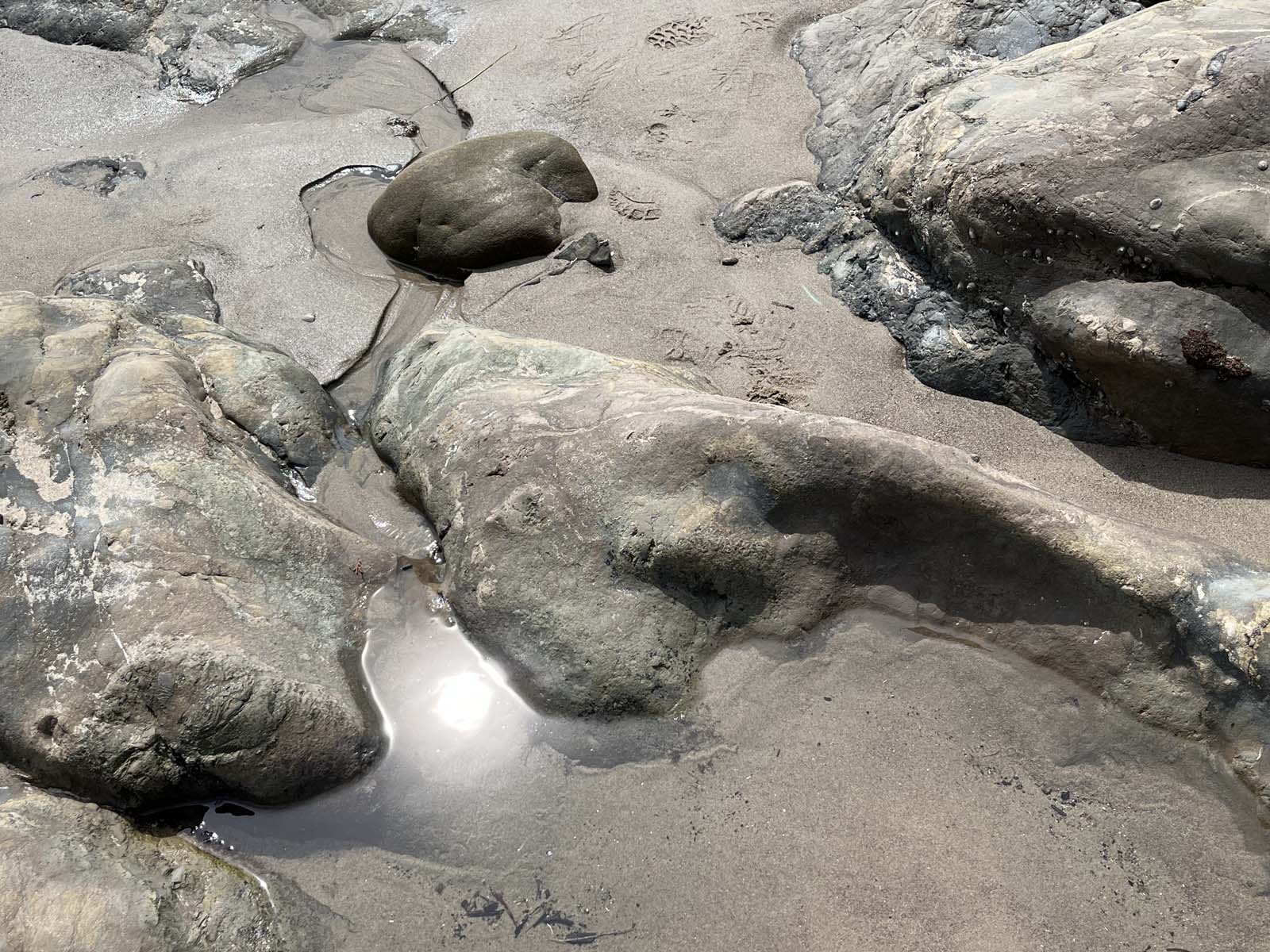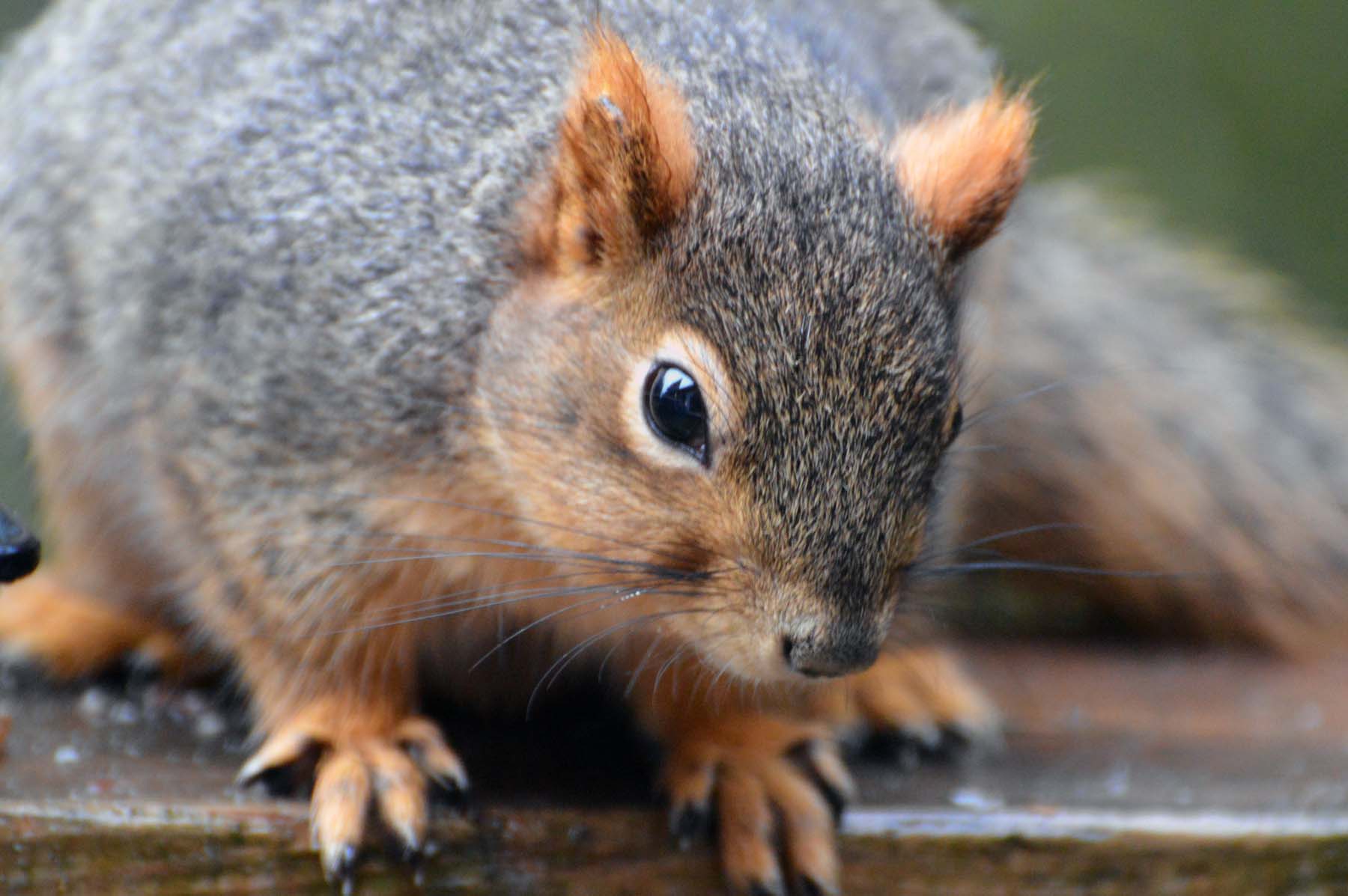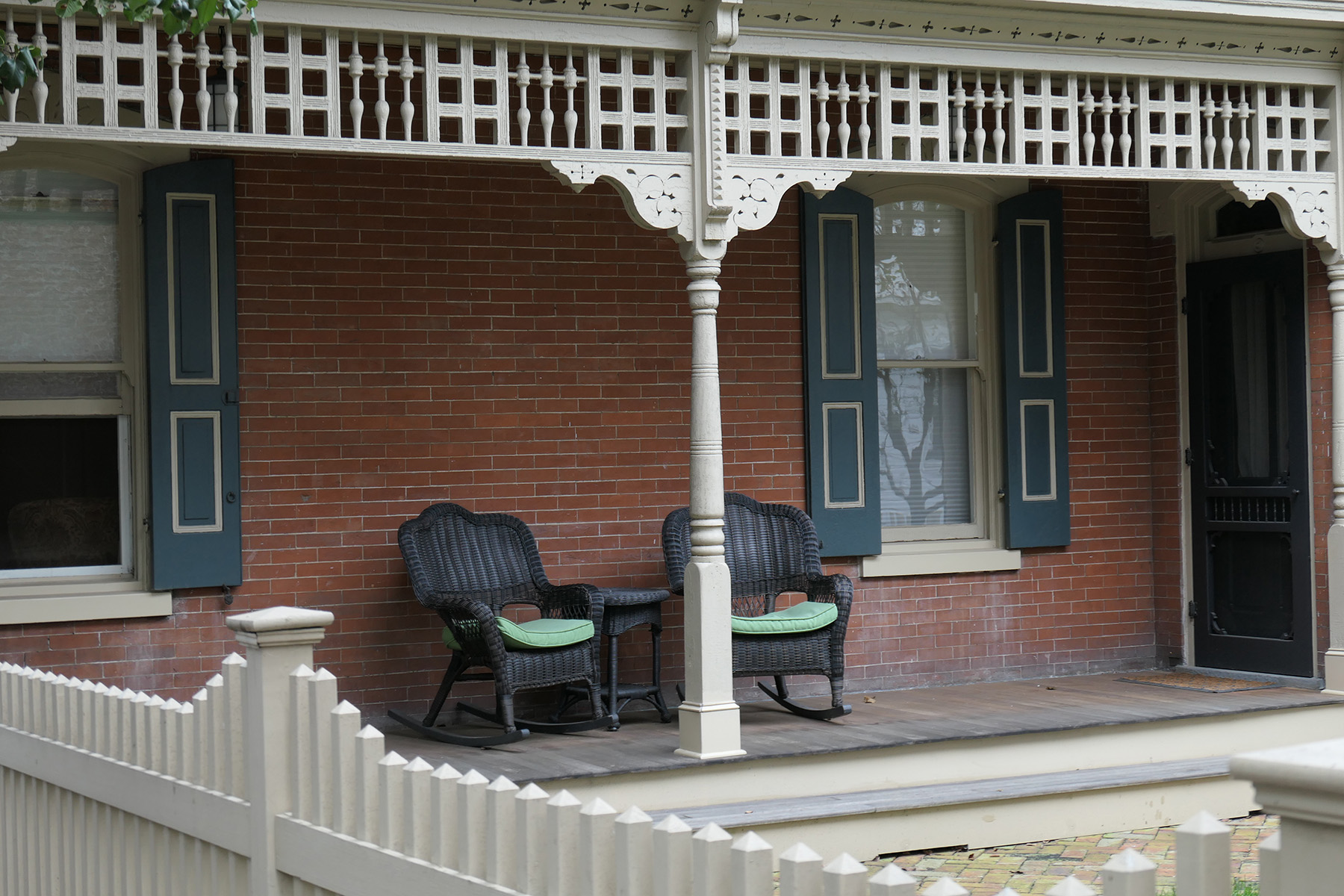As an antidote to my habitually bleak news these days, I thought I’d collect and present what brought me fun, knowledge and/or encouragement across the last week.
HOPE:
In Germany literally millions of people marched against the far right now for two consecutive weeks, with demonstrations particularly strong on Holocaust remembrance day. “Germany’s constitutional court stripped a neo-Nazi party of the right to public financing and the tax advantages normally extended to political organizations, a decision that could have implications for countering the Alternative for Germany, a far-right party whose growing popularity has caused concerns among parts of the population.”
Below is what demonstrators got to see on a high-rise in Düsseldorf.
“The difference between 1933 and 2024? You!”

EDUCATION:

And also this…..

I did not know that.
RELIEF:
The International Court of Justice in The Hague walked a fine line in their ruling on the genocide case against Israel brought by South Africa; here is a compilation of short, informative expert opinions on the implications, offered by the Atlantic Council (not exactly a hotbed of progressivism). Here are the take-aways from The Guardian, slightly more to the left. And here the ruling is declared a historic victory for the Palestinians by The Intercept. Then again, Israeli Minister of National Security Itamar Ben-Gvir declares it: Hague Shmague. Fact is, the case is taken up, will stretch out for years, but importantly for now, the court ordered Israel to “take all measures” to avoid acts of genocide in Gaza, a ruling that is, however, unenforceable.
FUN:
I discovered a site, Artbutmakeitsports, that manages to combine knowledge of art and sports in ways that had even me, the least sportive person in the world, laugh with delight.

Autumn, by Mikhail Larionov, 1912












The Harvesters, by Pieter Bruegel the Elder, 1565.
Last, but not least,
CONTENTMENT:
I finally managed to bring some of my affairs in order, figuring out what to do in the case of eventual demise. Unlike those whose adherence to religion faiths proscribes what to do, I had to make difficult decisions myself. I’ve never wanted to imagine myself cooped up in a coffin. I did not like the idea of cremation due to its horrid environmental impact. They now offer an alternative, where your remains get literally composted and then, except what urns relatives might claim, gets used to fertilize reforesting projects in the PNW forests. “Mami Mulch!” as my beloved declared. And now I don’t have to think about it ever again…
When I am Among the Trees
When I am among the trees,
especially the willows and the honey locust,
equally the beech, the oaks and the pines,
they give off such hints of gladness.
I would almost say that they save me, and daily.
I am so distant from the hope of myself,
in which I have goodness, and discernment,
and never hurry through the world
but walk slowly, and bow often.
Around me the trees stir in their leaves
and call out, “Stay awhile.”
The light flows from their branches.
And they call again, “It’s simple,” they say,
“and you too have come
into the world to do this, to go easy, to be filled
with light, and to shine.”
By Mary Oliver
I might not shine in this world, but I can sure make it grow!
And here is sunlight and a breeze flittering through the tree canopy – Liszt‘s music at its best.

















































































































